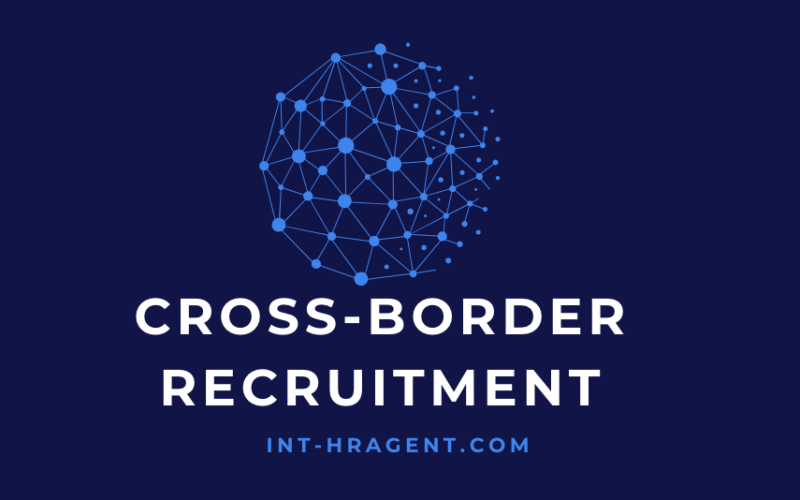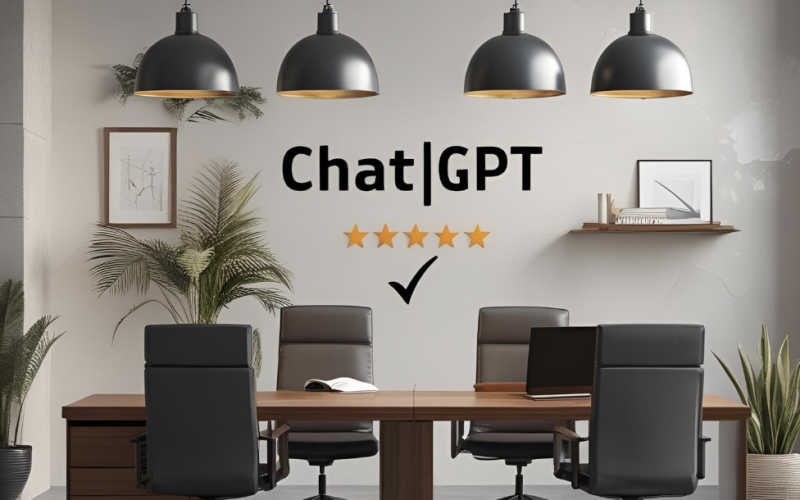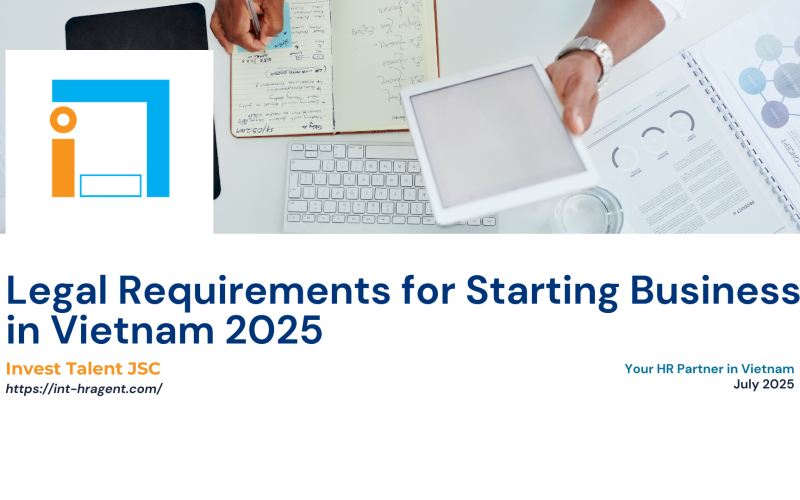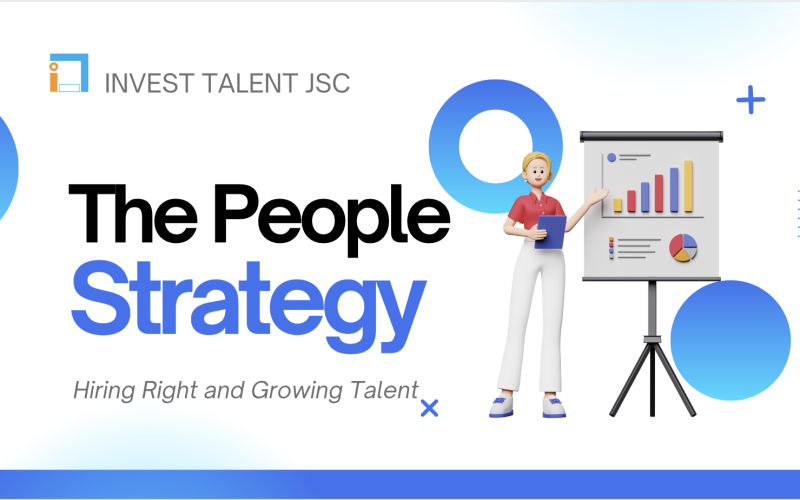From Fresh-faced to C-Suite: Crafting a Resume That Gets You Noticed
In today's competitive job market, your resume is more than just a document listing your work history; it's your personal marketing tool. It's the first impression you make, and in many cases, the only chance you get to convince a recruiter to learn more about you. Whether you're a recent graduate with a blank slate or a seasoned professional aiming for a leadership role, tailoring your resume to your specific career stage is crucial.
This comprehensive guide will walk you through the art of crafting a resume that is not only visually appealing but also strategically structured to highlight your unique strengths and achievements. We'll cover two key career stages: the enthusiastic fresher and the experienced management professional.
Section 1: The Fresher's Guide to a Standout Resume
As a fresher, you might feel like you don't have enough "real-world" experience to fill a resume. Don't worry, this is a common misconception. Your resume's purpose is to showcase your potential, not just your past.
1. The Eye-Catching Header:
- Your Name: Use a clear, slightly larger font.
- Contact Information: Include your phone number, professional email address (no "[email protected]"), and a link to your LinkedIn profile. Make sure your LinkedIn profile is complete and professional.
- Location: Mention your city and state.
2. The Compelling Objective/Summary:
- Objective (Optional but Recommended): A short, one-to-two sentence statement that clearly states your career goals and the type of position you are seeking.
- Example: "Highly motivated and results-driven recent Computer Science graduate seeking a challenging role as a Software Developer to leverage strong programming skills and a passion for problem-solving."
- Summary (Alternative): A brief paragraph highlighting your key skills, academic achievements, and career aspirations. This is more common in resumes that have a little more to offer than just academic experience.
3. The Education Section (Your Strongest Asset):
- Start with Your Most Recent Degree: Mention the degree name, the institution, and your graduation date.
- Include Your GPA: If your GPA is 3.5 or higher (or the equivalent), it's a good idea to include it.
- Highlight Relevant Coursework: List courses that are directly related to the job you're applying for.
- Mention Any Academic Honors or Awards: Dean's List, scholarships, etc.
4. The "Experience" Section: Beyond the Job Title:
- Internships and Volunteering: These are your most valuable assets. Treat them like real jobs.
- Projects and Extracurriculars: Did you lead a club, organize an event, or build a complex project in your spare time? These demonstrate initiative, teamwork, and leadership skills.
- Format Your Entries: Use bullet points and action verbs to describe your responsibilities and achievements. Don't just list what you did; quantify your accomplishments.
- Instead of: "Helped with social media marketing.
- Try: "Increased social media engagement by 20% by creating and implementing a new content strategy."
5. The "Skills" Section: Be Specific:
- Technical Skills: List specific programming languages, software, and tools (e.g., Python, C++, Adobe Photoshop, SQL, etc.).
- Soft Skills: Include a few relevant soft skills like communication, teamwork, problem-solving, and time management.
6. Formatting and Presentation:
- Clean and Professional Template: Use a clean, simple, and easy-to-read template. Avoid overly elaborate or cluttered designs.
- Proofread, Proofread, Proofread: A single typo can make you look careless. Read your resume multiple times and have someone else read it as well.
Section 2: The Management Professional's Strategic Resume
As a management-level professional, your resume should tell a story of leadership, impact, and measurable success. Recruiters are looking for evidence that you can lead teams, drive strategy, and deliver results.
1. The Strategic Summary/Profile:
- No Objective: At this stage, a career objective is not necessary. Instead, use a powerful "Professional Summary" or "Profile."
- The "Elevator Pitch": This should be a three-to-four sentence paragraph that highlights your years of experience, key achievements, and leadership philosophy.
- Keywords: Sprinkle in industry-specific keywords that recruiters often search for.
2. The Experience Section: Focus on Impact and Leadership:
- Reverse Chronological Order: List your most recent position first.
- Start with a High-Level Overview: Briefly describe your role and the company.
- Use the CAR Method (Challenge, Action, Result): For each bullet point, describe a challenge you faced, the action you took to address it, and the quantifiable result you achieved.
- Example: "Challenge: The team was underperforming with low morale. Action: I implemented a new performance management system and regular team-building exercises. Result: Team productivity increased by 15% and employee retention improved by 10% in the first year."
- Quantify Everything: Use numbers, percentages, and dollar amounts to demonstrate your impact.
- Instead of: "Managed a team of 10 people."
- Try: "Managed and mentored a cross-functional team of 10, resulting in a 25% increase in project delivery efficiency."
- Focus on Leadership and Strategy: Highlight your experience in mentoring, strategic planning, budgeting, and stakeholder management.
3. The "Skills" Section: Beyond the Basics:
- Technical Skills: List any software, platforms, or tools that are relevant to your field.
- Leadership and Management Skills: Include skills like strategic planning, financial management, change management, and team development.
4. The "Education and Certifications" Section:
- Keep it Concise: List your degrees and the institutions. For older degrees, you can omit the graduation year if you're concerned about age discrimination.
- Certifications: List any relevant professional certifications, such as a PMP, Six Sigma, or a specific industry certification.
5. The Final Touches:
- Concise and Polished: A management-level resume should be easy to scan and read. It's not a detailed job description.
- Tailor it for Each Role: Don't send the same resume to every company. Read the job description and highlight the skills and experiences that are most relevant.
- Don't Forget the Cover Letter: A well-written cover letter is essential at this level to provide context and demonstrate your passion for the role.
Conclusion
Whether you're taking your first step into the professional world or aiming for the top, your resume is your most powerful tool. By understanding the unique requirements of your career stage and strategically highlighting your accomplishments, you can create a resume that not only opens doors but also makes a lasting impression. Remember to always be honest, quantify your achievements, and proofread meticulously. Now, go get that job!













